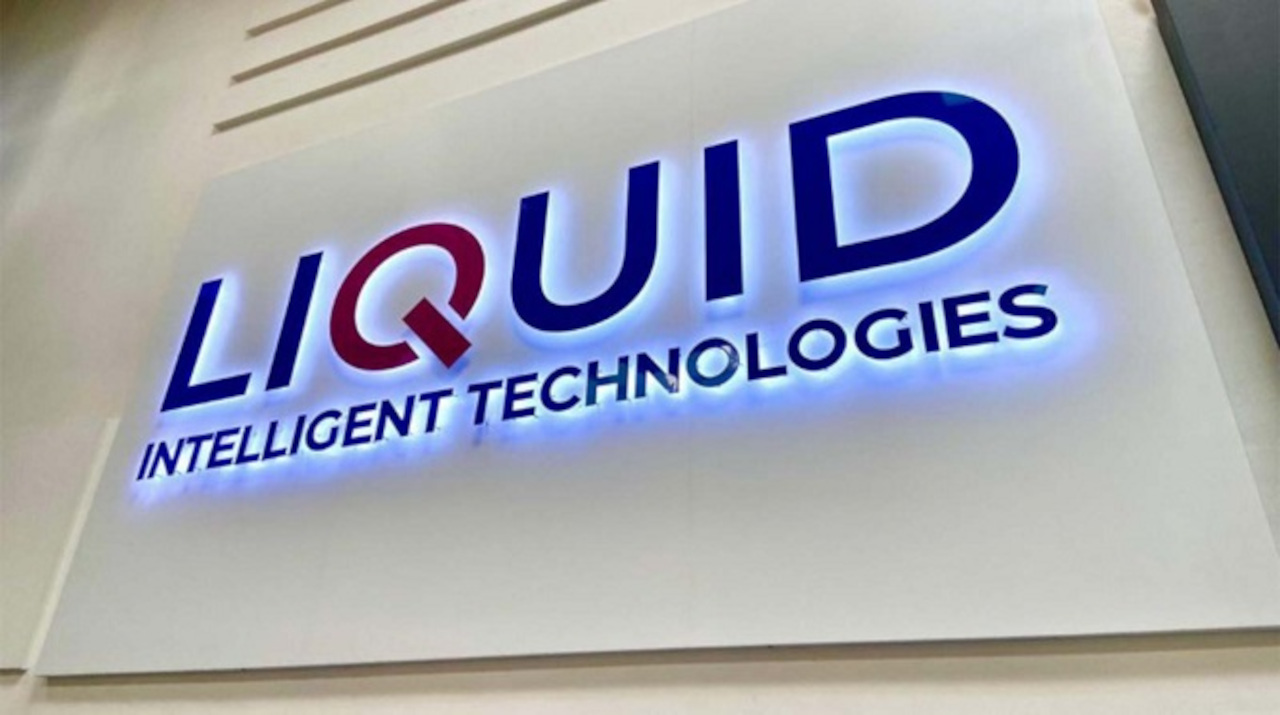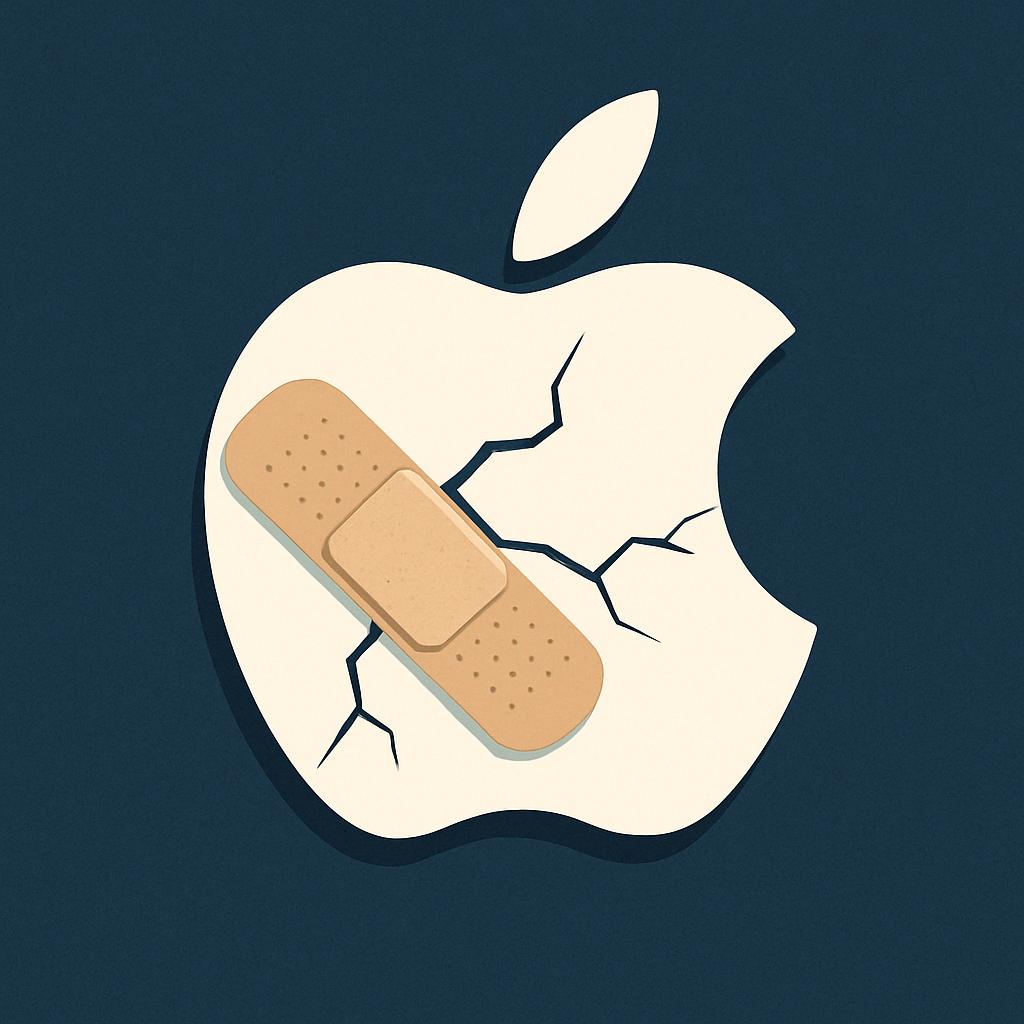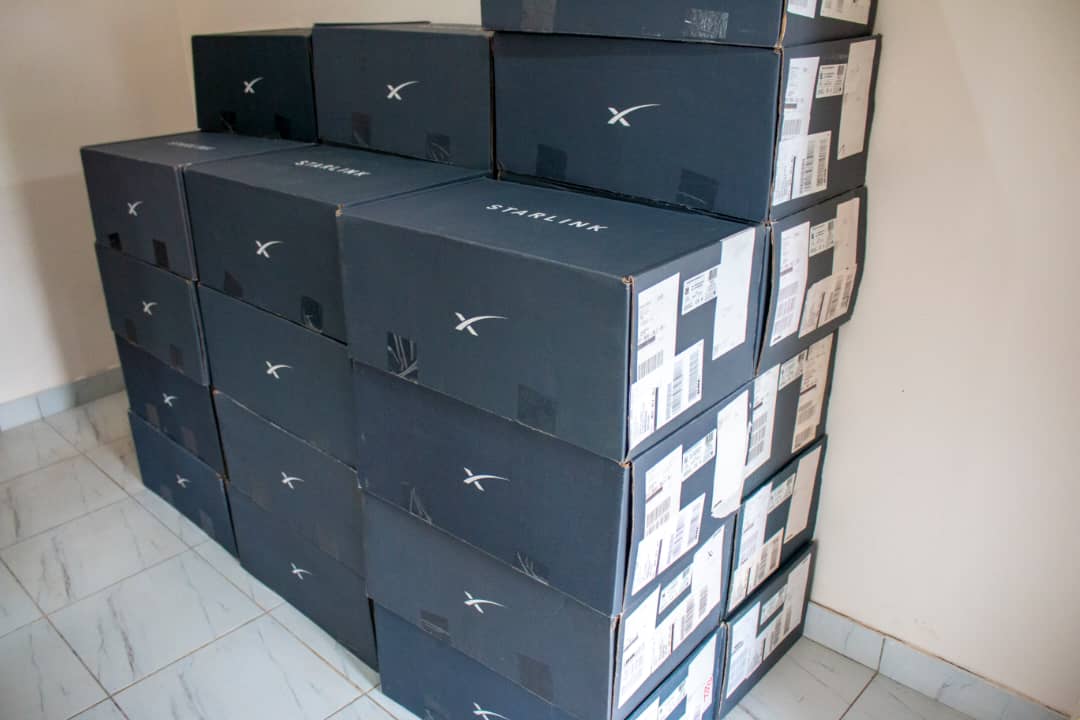Liquid Intelligent Technologies is in a bit of a bother. The company’s credit rating was recently downgraded by rating agencies Fitch and Moody’s. Don’t worry, we are about to break down what it means.
First, the main points as reported,
- Credit Downgrade: Fitch and Moody’s downgraded Liquid’s credit rating due to potential breaches of debt covenants.
- Financial Challenges: Moody’s downgraded Liquid from B3 to Caa1 due to substantial risks. The company’s net debt is $930.6 million. Fitch downgraded Liquid from B to CCC+.
- Market Reassurance: CEO Hardy Pemhiwa mentioned a $90 million cash injection, including an investment from the US International Development Finance Corporation.
- Debt Covenant Issues: Liquid has a R3.3 billion ($179m) loan due in March 2026, with relaxed covenants stepping down in August 2024.
- Liquidity Concerns: Fitch highlighted Liquid’s weak liquidity position and reliance on external financing. The company’s cash reserves are declining, with ongoing foreign exchange pressures.
- Refinancing Needs: Liquid is discussing refinancing its R3.3 billion term loan, contingent on additional funding and lower leverage.
- Potential Crisis: Fitch warned that without successful refinancing, Liquid could face a debt restructuring event and further downgrades.
The highlighted issues
Liquid has a net debt of $930.6 million, with about $179 million (R3.3 billion) due in March 2026. That’s a massive amount that needs to be paid back in only 19 months’ time.
The organizations that lent to Liquid were, of course, wary of Liquid taking on additional debt to the point where it might not be able to repay any of it. This concern is not unique to Liquid; all lenders are cautious about borrowers taking on too much debt.
According to the agreements Liquid had with its lenders (debt covenants), the ratio of their debt to earnings could be 3.5x, but this would be reduced to 3x by the end of August 2024.
In simpler terms: The lenders set a limit on how much debt Liquid could have compared to its earnings. Initially, the lenders allowed their debt to be up to 3.5 times their earnings. However, that leniency was temporary. The lender will soon tighten the rule back to the original limit of 3 times their earnings. This means Liquid Telecom has a deadline to reduce its debt or increase its earnings to meet this requirement.
Liquid’s net debt-to-earnings ratio was 3.47 as of the end of June 2024. There are doubts that Liquid will be able to reduce it to 3x by the end of this month.
For simplicity, as most aren’t finance people, when we say earnings, know that we mean EBITDA. Earnings tell you how much money a company actually makes after all expenses, while EBITDA shows you how well the company is performing in its core business activities by excluding certain expenses.
In this article, earnings = EBITDA = how well Liquid is performing in its core business by excluding some expenses that have nothing to do with the core business.
Lifeline?
Back in June 2024, Liquid CEO Hardy Pemhiwa said the company was nearing a $90-million (R1.7 billion) cash injection in fresh equity (new money pumped in by shareholders).
That should help with the debt versus earnings ratio. However, the credit agencies say that even if Liquid used the whole $90 million to pay off the debt, it still wouldn’t be enough to avoid breaching the 3x requirement.
Liquid would still need to see its earnings rise substantially, in addition to the whole $90m going to pay off the debt. Remember, there is an August 2024 deadline looming, and the credit agencies say there is a huge risk that Liquid won’t be able to pull it off by then.
Hence the credit downgrade.
In reality, Liquid won’t use the entire $90 million to pay off debt. And besides, there are doubts they would have received the full $90 million by the deadline.
The highlighted liquidity concerns
At the end of the previous financial year, Liquid had $57 million in cash, but most of it came from loans. In the first quarter of the current financial year, their cash reserves dwindled to $48 million, primarily due to high expenses and unfavourable exchange rates.
Fitch believes Liquid can avoid a cash shortage if they receive the first part of the $90m ($23 million) and $25 million in income from their data centers. This money would help pay down debt and cover operating costs. However, this might not be enough to prevent them from breaking the terms of their loans (covenant breach), which could lead to penalties.
Fitch also highlights that the second part of the $90m might not come in time. If this second investment comes through, it could provide an additional $34 million, which would further improve their financial situation.
The credit downgrade
The downgrade reflects Liquid Telecom’s weak liquidity position and heightened refinancing risk.
Fitch
Fitch Ratings and Moody’s Investors Service are two of the “Big 3” credit rating agencies. These agencies assess the creditworthiness of borrowers, including companies and governments.
Liquid’s credit downgrade signifies a substantial increase in credit risk. Credit risk simply means the risk that a borrower won’t repay a loan or debt.
This downgrade indicates that Liquid’s debt is considered highly risky, as there is a higher probability that it won’t be able to pay its debts.
Downgrades like these often lead to reduced investor confidence in the company. Investors may demand higher interest rates on new debt or may be hesitant to invest at all.
In fact, Liquid will now expect to face increased borrowing costs (higher interest) if it tries to raise additional capital through debt financing.
As you can see, the downgrade has serious implications for Liquid.
The reason Liquid is in this predicament is due to financial challenges, namely high net debt and a high debt-to-earnings ratio, which simply means the amount of money it makes (earnings) does not look good compared to the money it owes.
So, to be downgraded makes a bad situation even worse. The downgrade will put further financial strain on Liquid, as it will likely face higher interest payments even on existing debt and increased difficulty in refinancing its debt obligations.
What Liquid can/should do
There is a lot that Liquid can do to get out of this situation. In fact, Fitch says that for Liquid to actually default on its loans, a lot would need to go wrong. We’ll get back to what could go wrong later. First, what can Liquid do?
The obvious option is refinancing. Liquid could approach its lenders, particularly for the $179 million loan due in 19 months’ time, and negotiate. They could secure a lower interest rate or even extend the repayment date beyond March 2026.
However, there would be some requirements from the lenders if they are to adjust the terms of the loan. Fitch says reduced discretionary capital expenditure, better working capital management and operating efficiencies, and external funding could help with refinancing.
Fitch believes Liquid could pull off a refinancing agreement. However, such a deal would likely hinge on a few factors:
We believe timely refinancing is contingent on material additional external funding, lower leverage, and positive operating cash flow, excluding Zimbabwe, after the impact of foreign exchange to service higher interest rates on new debt.
Fitch
There’s a lot packed into that statement. Liquid must improve its overall financial health by securing more funding, reducing debt, increasing earnings, and ensuring stable cash flow from its core operations while accounting for the volatility and financial impact of its Zimbabwean operations.
Let’s break it down
- Material Additional External Funding: Liquid needs to secure significant additional funding from external sources. This could be through new investments, loans, or from shareholders putting in more money. New loans wouldn’t help as much as shareholders pumping in more money.
- Lower Leverage: Liquid needs to reduce its debt as compared to earnings (lower leverage). This involves either paying down existing debt or increasing its earnings. Easier said than done.
- Positive Operating Cash Flow: The company must generate positive cash flow from its operations, meaning its revenue must exceed its operating expenses.
- Excluding Zimbabwe After Foreign Exchange Impact: The calculation of positive operating cash flow should exclude the financial performance of its operations in Zimbabwe. This exclusion is necessary because of the adverse impact of foreign exchange rates, which can complicate the company’s overall financial stability and ability to service debt.
- Higher Interest Rates on New Debt: Any new debt that the company takes on will likely come with higher interest rates. Liquid needs to ensure it has enough cash flow to meet these higher interest payments.
From the outside, it looks like it will be a mammoth task. It appears that Fitch says Liquid needs this to be able to refinance. However, some of what is required to refinance is exactly what refinancing should help solve.
A lot would need to go wrong
We return to that. For Liquid to actually fail to repay its loans, Fitch says it would be due to the following factors:
- Higher competitive intensity,
- Increased technological risk,
- Loss of key contracts,
- Adverse regulatory or political actions, or
- Considerable currency depreciation in key geographies.
I gotta say, I believe Liquid will pull it off. However, I think some of these factors will pose challenges.
We expect to see higher competitive intensity for Liquid. For the year ended February 2024, Liquid reported that network services (primarily long-haul, metro networks, and roaming services) contributed 70% of total group revenue.
While low-earth orbit satellite services are still far from dominating, there is a high risk that they will substantially affect Liquid’s competitiveness. Liquid has mitigated the risk by partnering with a satellite service provider.
However, we cannot ignore that Starlink and other such services likely will provide competitive intensity.
This also represents increased technological risk. Liquid has a huge fiber network in Africa, but low-earth orbit technology threatens the competitive advantage of that infrastructure.
Could the hype around satellite services lead to the loss of key contracts for Liquid? The reliability of fiber over satellite means that risk is low for huge contracts with large enterprises.
However, individuals are a different matter. Could we consider a large block of high-net-worth individuals jumping ship as the loss of key contracts? To some extent, yes.
Southern Africa, where Liquid is dominant is a little unstable at the moment. The ANC party in South Africa has lost majority control for the first time, and there’s the ever-unpredictable Zimbabwean government to deal with. As a result, the risk of adverse regulatory or political actions is high.
It’s also rather unfortunate that the new currency in Zimbabwe, the ZiG, is already showing signs of rapid collapse.
Little old Zimbabwe
Zimbabwe remains important to Liquid’s bottom line.
- For the year ended 29 Feb 2024, Zimbabwe operations contributed 24.4% ($167.6m) to the group’s total external revenue of $686.7m.
- Zimbabwe operations significantly impacted the group’s net foreign exchange loss, contributing 93.4% ($407.4m) of the total $436.4m net foreign exchange loss.
This indicates that while Zimbabwe represents about a quarter of Liquid’s business, its currency issues are weighing the group down. This is why Fitch suggests excluding Zimbabwe when calculating the impact of positive operating cash flow to refinancing negotiations.
The impact of foreign exchange rates can complicate the company’s overall financial stability and ability to service debt. So, for those sceptical about the impact of Zimbabwe’s currency woes on company performance—what more do you need to hear?
We asked Liquid Zimbabwe what, if any, impact the move from the ZW$ to the ZiG will have on this foreign exchange loss problem. Said Liquid Zimbabwe,
Liquid Intelligent Technologies Zimbabwe believes that the ZIG has brought stability and predictability and curbed the FX losses that we used to face in the country due to the ZWL and arbitrage. We are confident that we can plan and execute our business initiatives positively, as the ZIG has, overall, brought a positive outlook to the economy, our local operations in Zimbabwe, and the Liquid Group in general.
Liquid Zimbabwe
As you can see, the ZiG has transformed Liquid’s outlook. Zimbabwe incurred $407 million in exchange losses last year, but with the more stable ZiG, Liquid appears to believe that figure will drastically drop.
So, I guess this means Fitch’s suggestion to exclude Zimbabwe due to high exchange loss risk can be reconsidered.
It appears that while many are skeptical of the ZiG’s impact, it has provided some relief. That’s a no-brainer, as it has been more stable than the ZW$ was in its final days. The question is, how long will it remain somewhat stable? None of us can answer that.














Comments
6 responses
umm, my take is that liquid is not very liquid when it comes to liquidity .. kkkk
Liquid is a spot to get capital necessary to compete with Starlink if it ever gets available in Zimbabwe. No wonder the fellas have been making some noise.
Liquid is in a bigger problem than this reveals. There has been right-sizing of staff across the group and payment delays of numerous suppliers whilst the company pursues vanity projects. This let us not forget Hardy Pemhiwa has a history with Royal Bank in Zimbabwe and Amana Capital in Kenya.
What of the country whose very top finance person has a history with his Barbican Bank, and the country says its sanctions when foreign lenders of repute would not add to the debt as they do not see the capacity or willingness to reduce or repay the ballooning debt? If what is being done to Liquid can be done to all African countries we would be having living standards higher than the present first world countries.
To Liquid I say, it is always good to have someone who makes you maintain soberness when you over indulge, by listening to and using the rebuke you increase the years of good times.
The internet mafia in Zimbabwe will not do that. They will wait for everyone to buy a Starlink kit before they do that lol
Liquid is the next Telecel. Their Wibronix is bad & They value fibronix more than wibronix clients. I am actually leaving their network after 5 good years of loyalty they have dissapointed me big time.
Please switch to the Econet $45 for unlimited internet its the next big thing